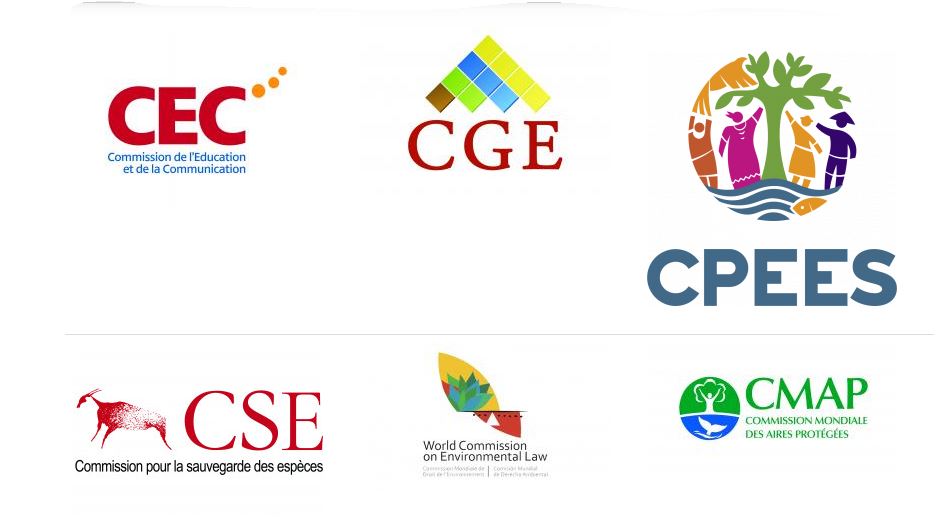IUCN’s World Commission on Protected Areas Releases Guidance for Managing Protected Areas in the Face of Climate Change
Protected area managers face enormous challenges: a lack of resources, invasive species, poaching, and development to name to just a few. Now along comes a threat that is bigger than all the previous ones and interacts with most of them. Climate change is real and an enormous challenge to our very understanding of the role of protected areas, humanity’s key conservation tool.

Tayrona National Natural Park, Colombia
Photo: Valerie Batselaere
Mitigation and adaptation though protected areas
IUCN's World Commission on Protected Areas has responded with a timely guidance document for protected areas managers and planners. Their message is a positive one: much can be done to both mitigate and adapt to climate change.
“Although we are entering uncharted waters in protected areas management, we have already learned an enormous amount about how to manage these places we love,” says Kathy MacKinnon, WCPA Chair. “These past lessons are important and still relevant as we move forward. In our collective future, we will need to stand on this knowledge base and try new things to adapt to a changing future”.
Colombia
This year the IUCN World Commission on Protected Areas (WCPA) held its Steering Committee meeting in Colombia, one of the world’s most biodiverse countries, but also facing many challenges brought by climate change.
“Protected Areas are the most effective strategy for nature conservation and are critical for tackling climate change. To make them successful in the Amazon region, we must work more closely with local and indigenous communities” says Julia Miranda Londoño, Director of National Natural Parks of Colombia.
The REDPARQUES Declaration
Climate change is an enormous challenge to protected areas, but also provides new opportunities for protected areas to contribute to societal responses to climate change.
The 18 Latin American countries that adopted the Redparques Declaration on protected areas and climate change offer to: “intensify and improve the establishment, management and design of protected areas according to climate change criteria, and call for the recognition, in the UN climate regime’s discussions and commitments, of protected areas as effective strategies to face climate change.” ( UNFCCC - COP21, Paris, 2015)
The Declaration recognises the Amazon as one of the a key biomes for the provision of essential ecosystem services that safeguard the social, cultural and economic interests of society as a whole, and in particular those of indigenous peoples and local communities. The declaration recognises the importance of the integration of protected areas in the global climate change planning and as a nature-based strategy.
The Adapting to Climate Change Best Practice Guidelines are composed of nine chapters, built around an adaptive learning strategy. Case studies are provided to illustrate concepts and there are series of best practices that can be applied to a range of situations. This is part of a larger series of guidance documents developed by the IUCN (Best Practice Protected Area Guidelines Series).
Download the Adapting to Climate Change Best Practice Guidelines, Guidance for protected area managers and planners.




